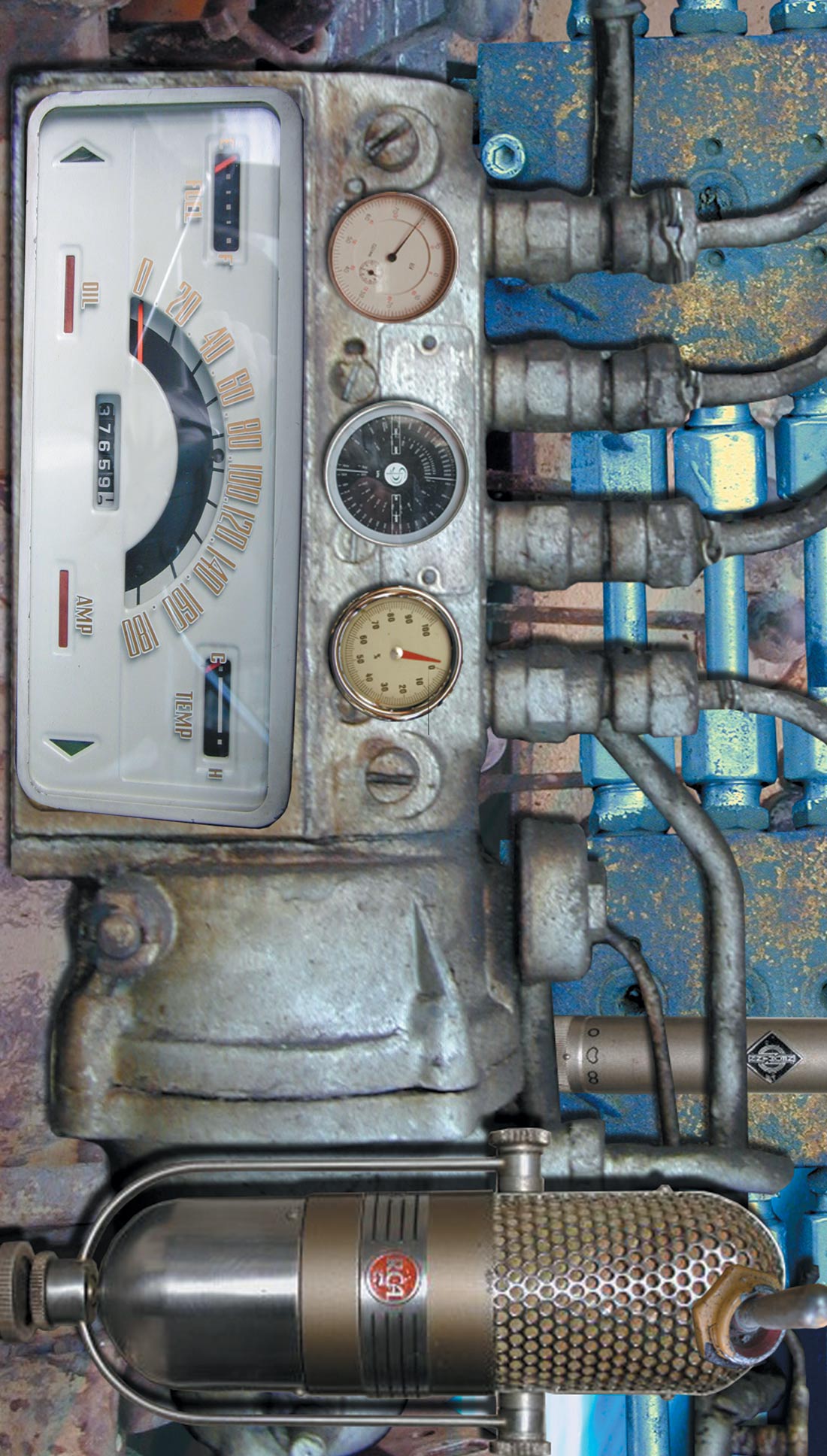My living-room stereo system consists of a mish-mash of late-70's and early-80's hi-fi gear, a Rega Planar turntable, six in-ceiling speakers hooked up to a power amp, and a pair of ADAM Audio P11A powered monitors. My recording studio is next door to my house. Oftentimes, I'll bring music from my studio into my living room to hear how it sounds, and when I'm editing tracks on my laptop while cooking dinner, I'll connect it to my living room studio for monitoring. Furthermore, when bands are staying at my house, it's not uncommon for them to want to connect their MD recorders, MP3 players, or laptops to my stereo system-and in a pinch, record ideas or even real overdubs while the studio next door is in use. I got tired of pulling out my preamp to connect and reconnect devices all the time, so I eventually installed a mixer in my living room. Problem was, that mixer was bigger than I wanted it to be, and even though it had balanced outputs and an external power supply, my ADAM monitors hummed. Also, it didn't have two separately-controlled sets of outputs, which I needed for my two sets of speakers (in-ceiling and ADAM's). My problems were solved when I got the Compact 4.
The Compact 4 was designed for desktop recording. Add a couple mics, a computer with multitrack software, two sets of headphones, and a pair of monitors, and you've got everything you need to record and mix music. Think of the Compact 4 as a tiny "split" console. On the input side of the split, the Compact 4 has two mic preamp/DI mono inputs with inserts and phantom power, and two stereo line/phono-level inputs with switchable RIAA phono preamplification. Each of these inputs is equipped with pan/balance and a simple, but very usable, three-band EQ. On the playback side of the split, there's a stereo input that can take a balanced or unbalanced signal. The "main" section of the console has three different stereo outputs: balanced and unbalanced record outputs, balanced mix outputs, and balanced monitor outputs. There's also a pair of headphone outputs, one for the artist and one for the engineer. This last point is important, as the artist's headphone mix can be custom blended between the inputs and the main mix-in effect, creating a zero- latency cue mix for the artist. The engineer's headphone output can be switched to follow the normal monitor output or the artist's mix. It's clear that Soundcraft really thought this console out.
So much thinking went into this console that it took me some time to read through the excellent manual and understand all the capabilities of this deceptively-small mixer. The first time I hooked up the Compact 4 to my laptop (equipped with a Digigram VXpocket v2 PCMCIA sound card), I was impressed with how easy it was to track, overdub, and mix through the Compact 4. It was like using a real console, only this one is sized like a small book. No workarounds or additional gear required, like when you're using a Digidesign Mbox. In fact, Mbox users would benefit greatly from the addition of a Compact 4 to their recording setup.
The mic preamps sound surprisingly good. The high end is much clearer and more detailed than what I heard from my previous living-room console. The RIAA phono preamps are also much better than I expected. I wouldn't compare them to the Music Hall preamp that I continue to use with my Rega, but I've now connected my Technics turntable to my Compact 4 for visitors who want to play DJ in my living room. And on a recent recording session when I needed additional channels of DI, I took the Compact 4 over to the studio and tracked the playback from a handheld MD player thru it-it was a session saver. I do have a couple gripes: the side panels are quite big (the console could probably be an inch or two thinner without them); and the metering is sloppy (the top-lit LED ghosts the next LED up and doesn't have enough "persistence") and not as detailed as I'd like. But heck, we're talking about a big-feature console that will fit in your laptop bag and costs less than the Bill Evans box set. I love my Compact 4 for everything it can do and for its clean sound. I highly recommend it if you've got desktop or mobile recording needs. Not enough inputs? Then check out the Compact 10. ($149 MSRP; www.soundcraft.com)




_disp_horizontal_bw.jpg)